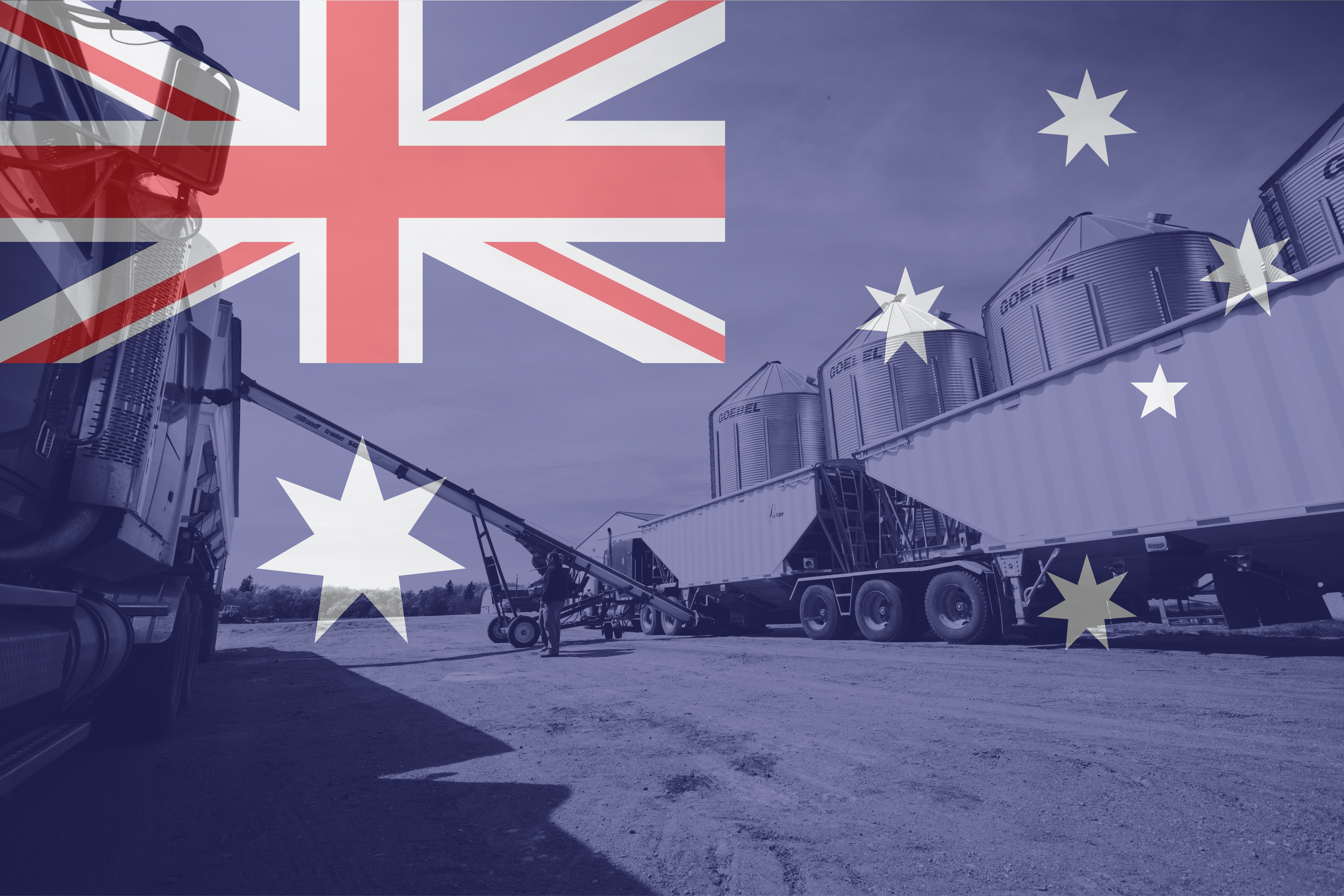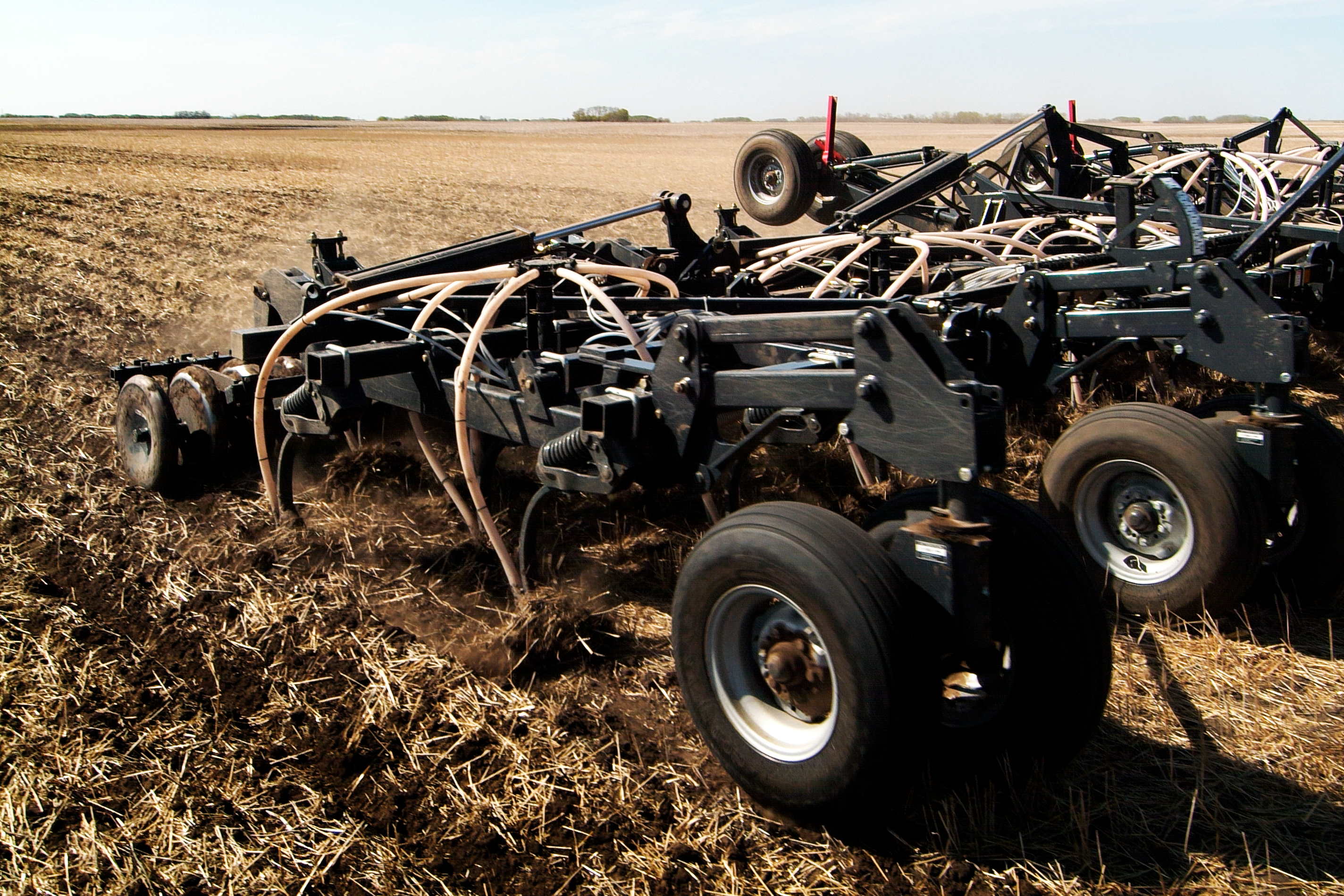By Peter Semmler, Agrisemm Global Brokerage
June 2021
Pulse exports from Australia remained strong in the first five months of 2021 as is evident in the June 2021 table in this report. The problems with shipping companies over the last three months have not changed either in availability of containers, reliability of performance, and regular freight increases, all which have made the lot of container shippers frustrated. Similarly the buyers are equally as frustrated with extended transit times, reduced free time at destination ports, and higher prices. Bulk shipments of chickpeas, lentils, and faba beans have been much more common this year. This has meant improved transit times, reduced cost and freight (CFR) price, and lower destination discharging costs compared to containers.
The final estimates seem to be reasonably close to the consensus view. Prices remain firm. Desi chickpeas last reported around $700 USD CFR Karachi, lentils at around $800 USD CFR Karachi, and faba beans at $430 USD CFR Damietta. The elephant in the room is what India plans to do with current tariff levels in view of rumours that further pulse imports will be necessary. There is a belief that some traders are accumulating red lentils in the expectation this will happen, hence the current firm price for red lentils. In Australia many farmers have had a good year and are not forcing sellers whohave already sold their cereals, canola, etc., which means the traders are having to bid higher to buy product. Last week bids for nugget- type lentils were around $740 USD free-on-board (FOB) Adelaide for prompt delivery and new crop was bid around $690 USD FOB.
While last season turned out extremely well, the coming season is not shaping up all that well in some Australian states.
Western Australia
The season has opened very well with good rains over most of the cropping country. The only area that is not as fortunate is north of Geraldton. Some area will be lost to pulses and barley due to the very high prices offered for new crop canola contracts, peaking last week at around $650 USD delivered port.
South Australia
Traditionally Anzac (Memorial) Day marks the start of the growing season with a break usually happening by then. This year it has been a very dry start. Thankfully there were some good rains over most of the cropping areas last week, but this will bring short-term relief as there is minimal moisture in the soil profile. Planting is well underway and already completed in some areas. Based on our research there will not be any major changes in pulse areas as agronomics are a prime driver in crop choice as well as price. The general view was that lentil area will increase by around 10% and there would be a similar drop-off in faba beans. Rain forecasts for the next three months are fairly normal.
Victoria
Victoria has not really had a traditional break and will need more rain soon to keep crops alive into winter. Planting is well underway and close to 75% complete. In terms of crop choices there will be an increase in canola area due to the high contract prices on offer. Faba bean area is expected to decline around 10% and lentil area increase a similar amount. Like in South Australia moisture in the soil profile is minimal. Lentils are better able to handle lower rainfall. For these two states everything now depends on at least average winter rainfall and good spring rains.
New South Wales
There have been good rains in this state and planting is well underway if not completed. Chickpea area is expected to be similar to last year, maybe up a bit. Last year, with a very good opening to the season, there was a major increase in area planted to faba beans. The crop progressed well until part was decimated by an aphid-borne virus. How this will influence grower planting intentions should become known once the Pulse Australia forecast
is completed. New South Wales is still in the midst of a mice plague which has caused much damage to growing crops, stored fodder, and stored grain. It is hard to predict what the impact may be on this year’s crops.
Queensland
Rainfall in this state to-date has been reasonable but a bit patchy in some areas. Planting of winter crop cereals is pretty much complete and as is the case in New South Wales, farmers can plant Desi chickpeas as late as July 31 if they decide to wait for more rain. Plantings in Central Queensland will be lower this year as farmers opt for a break crop like wheat or barley. Due to the good prices, some farmers have grown Desis on the same land for six consecutive seasons.
In summary there are two states off to a good start, one around average, and two starting with a shortage of moisture. Yet again it will be a very interesting year.
Peter Semmler is the Principal of Agrisemm Global Brokerage. He can be reached at peter@agrisemm.com.
June 2021 Australia Pulse Market Update
| Estimated Planted Area, June 2021 (hectares) | Desi Chickpeas | Faba Beans | Dun Field Peas | Red & Green Lentils |
| New South Wales | 238,000 | 59,000 | 40,000 | 2,000 |
| Victoria | 37,000 | 92,000 | 74,000 | 161,000 |
| Queensland | 275,000 | 8,000 | ||
| South Australia | 11,000 | 78,000 | 86,000 | 123,000 |
| Western Australia | 4,000 | 8,000 | 8,000 | 18,000 |
| Pulse Australia Estimated Planted Area, June 2021 | 562,000 | 245,000 | 238,000 | 304,000 |
| Pulse Australia Estimated Production (tonnes), June 2021 | 662,000 | 407,000 | 270,000 | 454,000 |
| ABARES September 2020 Production Estimate | ||||
| Agrisemm Total Area Estimate (hectares), June 2021 | 500,000 | 270,000 | 241,000 | 297,000 |
| Agrisemm Estimated Production (tonnes), June 2021 | 700,000 | 385,000 | 300,000 | 386,100 |
| Agrisemm Estimated Production (tonnes) 2020 (Final) | 900,000 | 730,000 | 370,000 | 950,000 |
| Export Data (tonnes) | ||||
| November 2015 to September 2016 | 1,145,140 | 263,349 | 129,831 | 193,151 |
| October 2016 to September 2017 | 2,269,864 | 414,692 | 253,035 | 858,954 |
| October 2017 to September 2018 | 821,235 | 295,263 | 130,464 | 507,958 |
| October 2018 to September 2019 | 334,296 | 283,125 | 79,415 | 361,072 |
| October 2019 to September 2020 | 357,904 | 325,352 | 52,488 | 697,960 |
| October 2020 to March 2021 | 558,159 | 390,665 | 46,907 | 474,276 |
Source: Bureau of Statistics, Pulse Australia


